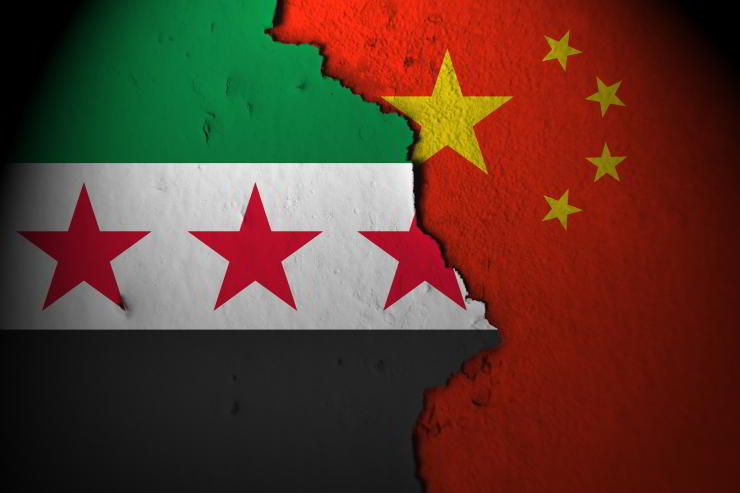China in Syria. A New Opportunity.

The fall of the Assad regime pushes China to a political pragmatism that must take into account economic interests and delicate geopolitical balances.
Future developments related to Chinese economic and political commitments in Syria will have an impact not only on the Damascus-Beijing strategic partnership, but also on Moscow and Tehran. Who will actively participate in the process of rebuilding the country?
Relations between Syria and China are marked by both developments, especially in the context of the Belt and Road Initiative (BRI), and by complexity, given the scale of the Syrian conflict. Syria’s formal accession to the BRI was in the common economic and political interest of both countries.
On the one hand, the Syrian government, which has long been under sanctions, urgently needed a new model of cooperation that was not interested in “interfering” in internal affairs. On the other hand, for the Chinese government, Syria’s geographical location on the eastern coast of the Mediterranean Sea is very important because it is close to Turkey, Israel and Jordan, strategic partners, and a gateway to Iraq, where over 10% of China’s oil comes from.
In 2022, China-Syria trade totalled $415.98 million, with Damascus exporting mainly soap and essential oils and Beijing machinery, electrical equipment and textiles. In November 2024, we saw an increase in Chinese exports to Syria, mainly due to increased exports of air pumps ($768 million), coated flat iron ($749 million) and knitting machines ($698 million). Imports from Syria increased due to increased imports of soaps ($15.8 million), beauty products ($2.34 million) and flavoured water ($1.48 million).
The implementation of the US Caesar Act in 2020 (targeting companies related to infrastructure, military maintenance and energy production, as well as individuals linked to former President al-Assad), had a deep negative impact on the confidence of Chinese companies.
In response to Western sanctions, in September 2023 President Bashar al-Assad visited China for the first time since the beginning of the Syrian crisis, to strengthen political ties on the one hand and restore the lost confidence of Chinese companies on the other.
Syria’s formal accession to the BRI has also reinvigorated cooperative relations between Damascus and Beijing. For example, in January 2024 the Syrian Cabinet authorized a Chinese company to build a 36 MW photovoltaic project within a maximum time of 24 months, for a value of over 489 billion Syrian pounds.
Post-Assad Syria certainly sees Moscow and Tehran weakened from a geopolitical and military point of view. For both countries, Assad’s Syria had been a linchpin for geopolitical ambitions: for Iran, Syria was a useful bridge to channel weapons and supplies to Hezbollah, while for Russia – which is now withdrawing troops to move them to Libya – Damascus was accommodating its bases in an anti-NATO function. With the decline of China’s two major competitors, Chinese companies would theoretically have an open path to participate in the country’s reconstruction process, together with the Gulf States.
Beyond the energy and infrastructure sectors, however, China has long sought strategic access to Syrian ports. Under Assad, Beijing wanted to secure management rights to the ports of Latakia or Tartous. Now, with the changing power dynamics, Chinese companies may have the opportunity to acquire a stake in one of these two ports, connecting it with the Greek port of Piraeus, the Lebanese port of Tripoli, and the Suez Canal Free Economic Zone. This would strengthen China’s dominance over the Eastern Mediterranean’s logistics and trade routes. (Photo: shutterstock/hapelinium)
Desiree Di Marco/CgP



